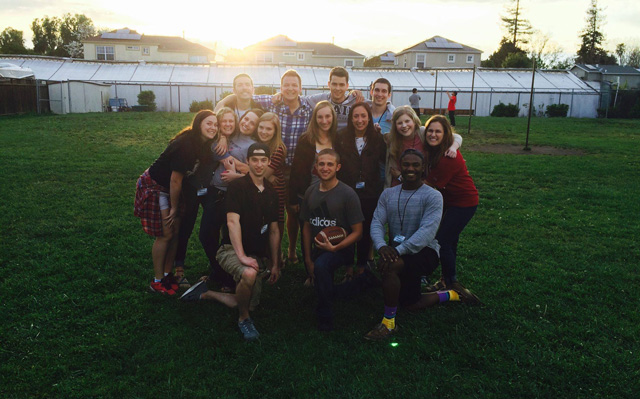
Storytelling, thanks to its power to engage emotions, is an essential part of nonprofit crowdfunding, especially when you find the right stories to connect with your community. Knowing exactly which stories will do that most effectively can be difficult, since the stories that some people relate to won’t necessarily strike a chord for others.
Here are some tips to finding stories that help you strike just the right tone with your community.
Ask for their Stories
If your work benefits the same people you are asking for donations, the best stories to use are – you guessed it – the ones that come from your community.
These stories are especially useful because the donors are themselves the ones benefitting, so it’s very easy to draw a direct line between their donations and a benefit.
It’s also easy for them to imagine how life will get better for themselves or those they care about.
It’s important that you highlight the universals between your storyteller and the larger community: if you serve a minority neighborhood, look for shared cultural traditions or connections to community events.
Focus on Things Your Community Cares About
If your donors are not the direct beneficiaries, it’s important to think specifically about what they consider important.
Bayshore Ministries provides unique learning opportunities for children in the Bay Area, focusing on practical skills that are relevant in a technology-centered world. Since the Bay Area is full of tech-savvy professionals who are aware of the positive impact of technology, highlighting this element helps Bayshore make their pitch more personal to their donors.

Let’s say your nonprofit provides meals. If your community is health-conscious, focusing on how your beneficiaries struggle to stay healthy due to poor nutrition, and how you can help them achieve healthier lives, is a powerful message.
If your community is more family-oriented, you can highlight the fact that families come together over shared, stress-free meals.
Provide Structure
Whether you’re asking your donors/beneficiaries for their stories, or getting testimonials, it’s important to provide a framework so that you can make sure you get the most powerful stories possible.
This accomplishes two important goals:
- It makes it easier for your contributors to put their thoughts into words
- It makes sure you get what you need: personally relevant, emotionally driven stories that highlight the benefit of your nonprofit
Here’s a series of questions you can provide those you ask for stories. It may not be appropriate in all cases (for instance if you’re working with kids, you might have to ask more general questions), but it can serve as a guide for you.
It’s best to provide these pointers as things to keep in mind during the telling of the story, rather than an actual questionnaire:
- What is your relationship to [your nonprofit]?
- What is your relationship to the community we serve?
- What are the specific emotions/feelings you experienced before working with [your nonprofit]?
- What are the specific emotion/feelings you experienced after working with [your nonprofit]?
- Can you share a specific event before working with [your nonprofit] that you think explains your situation well?
- Can you share a specific event after working with [your nonprofit] that you think explains how things have changed for you?
- Why does this change matter to you?
They key elements of this framework are that it focuses on specific events and emotions, which make it personal, and the final question of why it matters, which makes it purposeful.
As you are collecting and finding stories to share with your donors and connect with your community, use these suggestions to make sure they are the most impactful stories possible.




